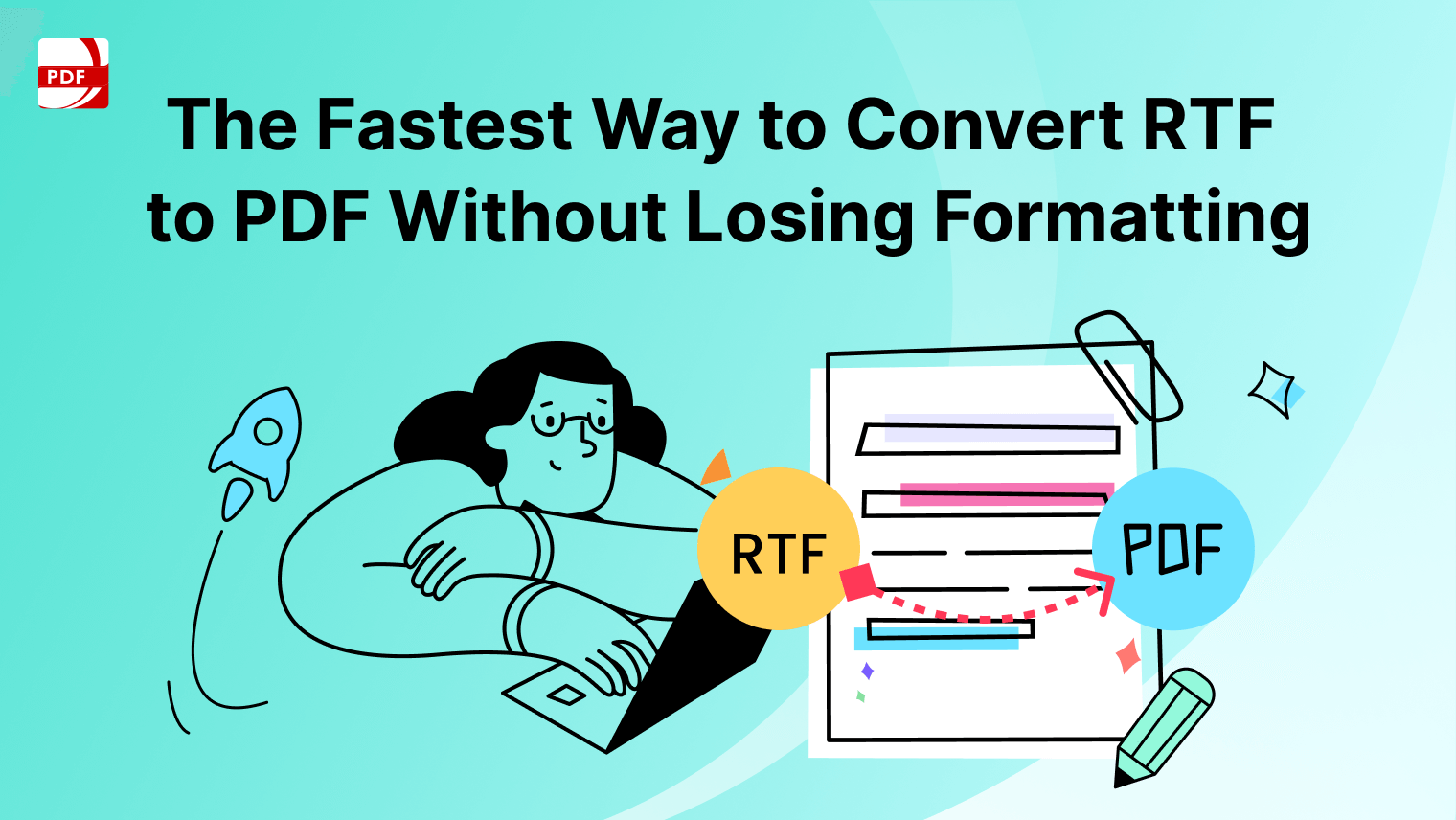Adobe Acrobat is a powerhouse when it comes to handling PDF documents, and keeping it up-to-date ensures you have access to the latest features, improvements, and security enhancements.
This blog will guide you through the installation process to ensure your software is always running at its best.
Why Update Adobe Acrobat?
Before we delve into the "how," let's briefly discuss the "why." Regular updates provide several benefits to your current installation:
-
Security Enhancements: Updates often include patches for vulnerabilities, ensuring a more secure user experience.
-
Bug and Security Fixes: The software releases updates to address any bugs or issues identified in previous versions, contributing to a smoother performance.
-
New Features: Stay on the cutting edge with access to the latest tools and features, enhancing your overall PDF editing and viewing experience.
How to Update Adobe Acrobat for Mac
Follow these detailed instructions to ensure your Mac product enhancements and installation process go smoothly.
Step 1: Check Your Current Version
Before updating, it's essential to know which version you currently have. Open Acrobat, click on "Help" in the top menu, and select "About Adobe Acrobat." This will display your current version number.
Image Source: Adobe Acrobat
Step 2: Connect to the Internet
Ensure that your computer is connected to the internet. Adobe Acrobat updates are typically downloaded from the Adobe servers.
Step 3: Open Adobe Acrobat
Launch the application on your computer. If there's an available update, you'll likely receive a notification prompting you to install it. If not, don't worry; we can manually check for updates.
Step 4: Check for Updates
To manually check for update installations, go to the "Help" menu and select "Check for Updates." Adobe Reader will then connect to the Adobe servers and determine if there are any available updates for your version.
Image Source: Adobe Acrobat
Step 5: Download and Install Updates
If updates are available, Adobe Acrobat will prompt you to download files for installation. Follow the on-screen instructions to initiate the update process. This may take some time, depending on the size of the update and your internet connection speed.
Step 6: Restart Adobe
After the update installation is complete, restart Adobe Reader to apply the changes. Your software is now updated to the latest version.
For guidance on enhancing your documents, you can also check our resume resource on How to Add Shapes in Adobe Acrobat.
How to Update Adobe Acrobat for Windows
Find out how to check for updates in your Windows version of Adobe Acrobat.
Step 1: Open Adobe Acrobat
Step 2: Head to Menu, Help, and click Check for updates

Image Source: Adobe Acrobat
Step 3: Wait for Adobe to finish checking for updates
Tips for a Smooth Update
-
Backup Your Preferences: Before updating, consider backing up your preferences and settings. While updates generally preserve these, it's always good to be cautious.
-
Check System Requirements: Ensure your computer meets the system requirements for the latest Adobe Acrobat version.
-
Regularly Check for Updates: Make it a habit to check for updates regularly to stay current with the latest features and security enhancements.
Why Consider Adobe Alternatives?
Considering a range of software that are Adobe alternatives can be a practical and cost-effective choice for various reasons:
-
Cost Savings: Adobe's products, such as Adobe Creative Cloud and Adobe Acrobat, can be expensive, especially for individuals and small businesses. Alternatives often provide similar features at a lower cost or even for free.
-
Platform Compatibility: Adobe software is primarily designed for Windows and macOS. Alternatives may offer better compatibility with different operating systems, including Linux.
-
Subscription Model: Acrobat's move to a subscription-based model for many of its products can financially burden some users. Alternatives often offer one-time purchase options or more affordable subscription plans.
-
Specific Needs: Some users may not require the full editing technology of Adobe's software. Alternatives can provide specialized tools tailored to specific needs, which can be more efficient.
-
Performance: Acrobat software can be resource-intensive, requiring high-end hardware to run smoothly. Alternative editing programs may be more lightweight and run well on less powerful systems.
-
Privacy and Data Security: Concerns about data privacy and security have led some users to seek alternatives with more transparent data practices.
-
Open Source and Community Support: Many Acrobat alternatives are open-source software developed and maintained by communities. This can lead to frequent updates, user-driven improvements, and a sense of ownership for users.
-
Customization: Some alternatives allow for greater customization and integration with other software, making them suitable for more tailored workflows.
-
Reduced Learning Curve: Acrobat software can be complex and feature-rich, which can lead to a steep learning curve. Alternatives may have simpler interfaces and workflows that are easier for beginners to grasp.
-
Cross-Platform Compatibility: Alternatives often have better cross-platform compatibility, making collaborating with users in the editing process on different systems easier.
-
Innovation and Competition: Competition from alternatives can drive innovation and force Adobe to improve its products. This benefits users by pushing software companies to enhance their offerings continuously.
-
Specialized Editing Features: Some alternatives offer specialized tools for specific tasks, such as video editing, graphic design, 3D modeling, or PDF editing, which may suit certain professionals.









 Free Download
Free Download  Free Download
Free Download 





 Support Chat
Support Chat